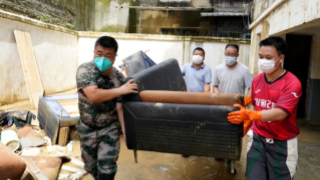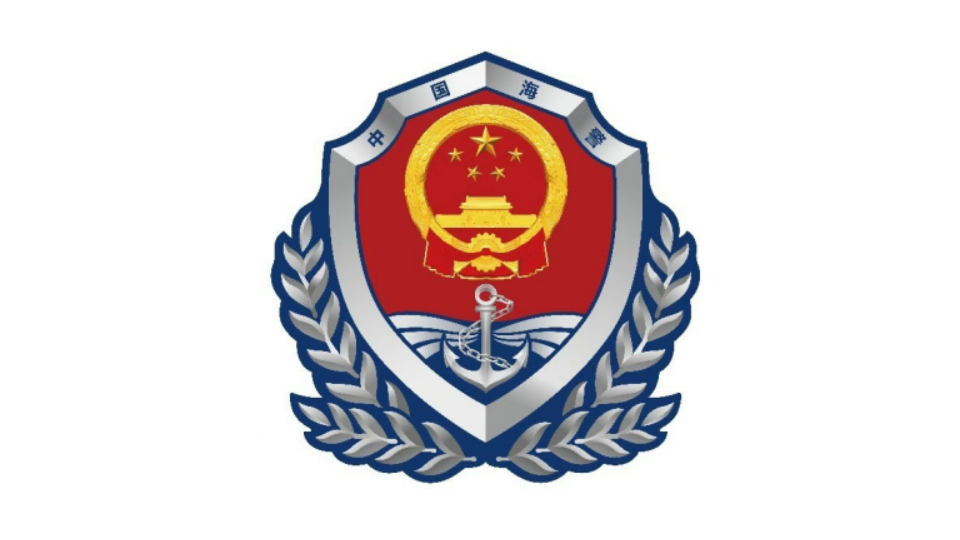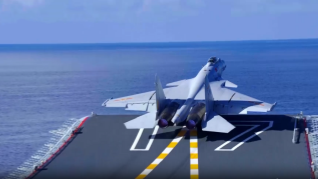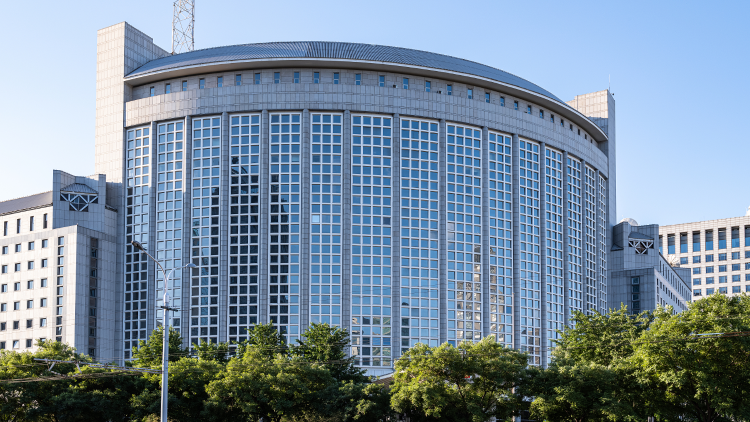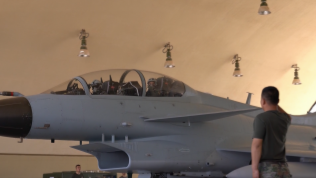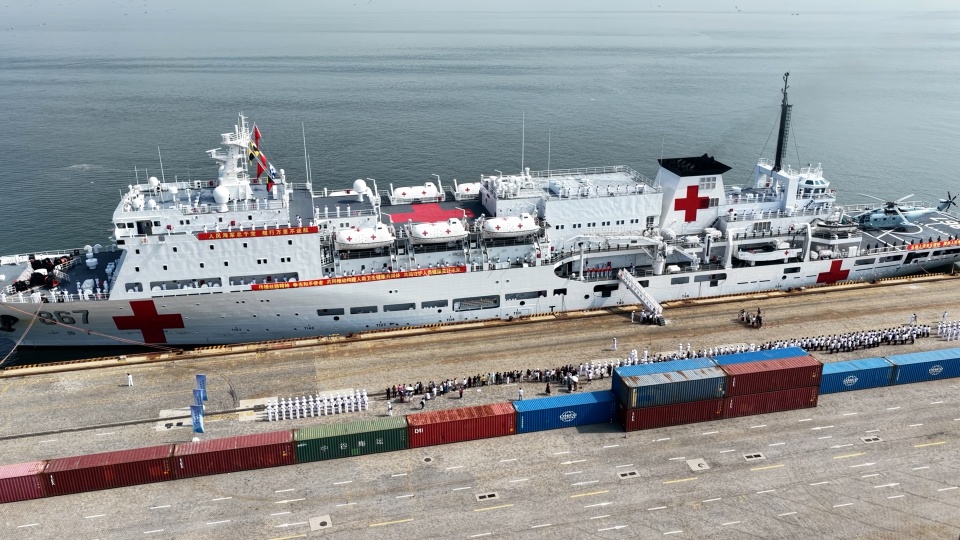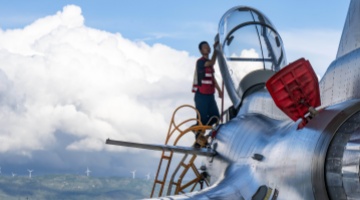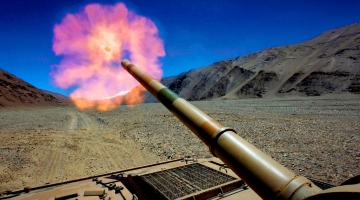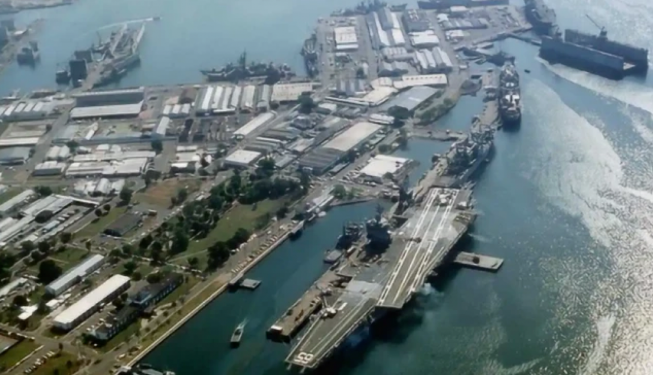
US military base in the Philippines (File Photo)
By Wang Bing
It is reported that the US military carried out two exercises simultaneously on July 2. One is the Cope Thunder 23-2 exercise held by the air forces of the US and the Philippines and the other is the Northern Edge 2023-2 exercise held at multiple locations in the Pacific.
The Cope Thunder exercise was established by the US and the Philippines in 1976 but was halted in 1991, when US troops vacated from Clark Air Base due to the eruption of Mount Pinatubo.
This time, the resumption of the Cope Thunder exercise, which had been interrupted for over 30 years, by the US and Philippine air forces sent a strong signal of Cold War-style camp-based confrontation, according to military observer Liang Yongchun. "The revival of the code name Cope Thunder by the US military carries a strong Cold War flavor and aggressiveness and it also signals to the outside world that the US military has returned to the Philippines on a large scale," said Liang.
Although this exercise is officially a joint exercise between the US and the Philippines, the latter can only send a few trainer aircraft to participate. This indicates that the US does not care about the combat capabilities of the Philippines but rather its strategic location. The US wants the Philippines to serve as a steppingstone for a major power confrontation. It remains to be seen to what extent the Philippine authorities will accommodate the strategic needs of the US.
On the same day that the Cope Thunder 23-2 exercise began, the air combat drill of the Northern Edge 2023-2 exercise was also launched. It is worth noting that the Northern Edge series of exercises has traditionally been held in Alaska but this year it took place at various Pacific locations such as the US MCAS Iwakuni base in Japan and Hawaii.
Liang believes that the Cope Thunder 23-2 and the Northern Edge 2023-2 may appear to be separate exercises, but they are actually a joint military operation in multiple directions. US fighter jets take off from their mainland to reinforce Japan, some of the aircraft stationed in Japan are relocated to the Philippines, and US troops stationed in Guam and Hawaii also participate in this operation. It is clear that the US is practicing the large-scale mobilization of forces from rear bases to the frontlines of the Western Pacific in multiple directions and achievingair superiority at the same time. This indicates that the US sees the Western Pacific as a potential frontline battlefield, and preparations for such a battle are being comprehensively conducted.
The US always wants to dominate affairs in the Western Pacific, but currently lacks the capability to do so. Therefore, the US tries to disrupt the region through large-scale military interventions to seize control of regional affairs amid the chaos. "The US now regards the Philippines and Japan as the two pillars of its frontline in the Western Pacific and relies on them to draw in more countries from outside the region. Japan and the Philippines, driven by their own self-interests, are happy to serve as pawns for the US. However, there will be no beneficiaries once military conflict erupts in the Western Pacific," said Liang.
After all, there are no winners in war.
Editor's note: Originally published on military.cnr.cn, this article is translated from Chinese into English and edited by the China Military Online. The information and opinions in this article do not necessarily reflect the views of eng.chinamil.com.cn.





